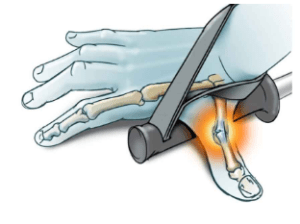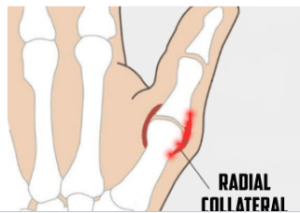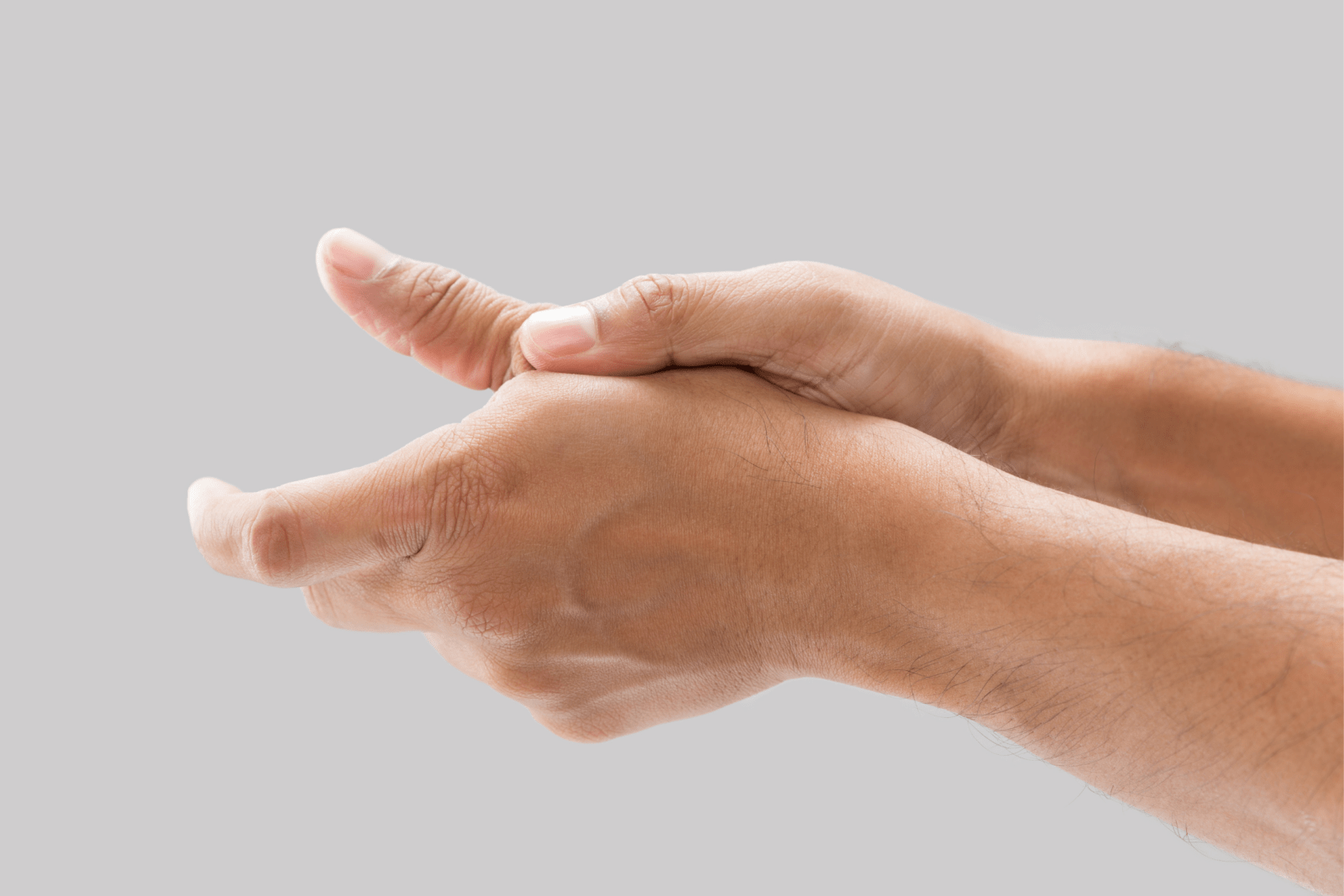Acute Thumb Sprains: Understanding UCL and RCL Injuries
A sudden injury to our thumb can quickly remind us how important and crucial they
are to almost every task we do. One of the most common injuries is an acute thumb
sprain, which can affect either the UCL (ulnar collateral ligament) or RCL (radial
collateral ligament). In this post we will take a look at the mechanism of injury and treatment options for both UCL and RCL injuries. Our goal is to recover and regain full thumb functionality.
Mechanism of Injury:
UCL Injury:

The UCL is located on the inner side of the thumb at the first metacarpal
phalangeal joint. It plays a vital role in stabilizing the thumb during gripping and
pinching motions. UCL injuries often occur due to a sudden forceful
movement that pushes the thumb away from the hand.
Common causes include:
a) Fall on an Outstretched Hand: Landing awkwardly on an outstretched hand. For example, trying to break a fall which can cause excessive stretching or tearing of the UCL.
b) Sports Injuries: Activities that involve repetitive gripping and throwing motions, such as baseball, basketball, or racquet sports, can lead to overuse and UCL sprains.
c) Accidents during Physical Activities:
Direct trauma to the thumb, like jamming it against a hard surface.
UCL Injuries are often called “Skier’s Thumb” due to the injury often occurs when a person falls while holding ski poles.
RCL Injury: 
The RCL, situated on the outer side of the thumb, connects the proximal phalanx to the metacarpal bone and offers stability during motions in the opposite direction.
RCL injuries are less common than UCL injuries and typically result from:
a) Hyperextension of the Thumb: The RCL
can be strained or torn when the thumb is excessively bent backward, often seen in certain sports or workplace accidents.
b) Trauma during Sports: Engaging in sports that involve repetitive gripping and twisting, such as rock climbing, wrestling, martial arts increases the risk of RCL injuries.
Treatment Options:
Prompt and appropriate treatment is essential to prevent further damage and promote a speedy recovery. Treatment options for acute thumb sprains typically
involve:
1. Rest and Immobilization: 
Immediately after the injury, it's crucial to give your thumb ligament ample rest and avoid activities that aggravate the pain. Immobilising the thumb with the correct splint or brace can help protect it from further strain and promote healing.
2. Physical Therapy:
Engaging in specific exercises under the guidance of a
physiotherapist can help strengthen the thumb and restore its range of motion.
If you have a less severe sprain and still require use of your thumb for sport or work
than a tapping technique may provide the short term support needed for it to recover.
3. Surgery (Severe Cases):
If a severe ligament tear is suspected, imaging to
confirm and then referral to a surgeon is likely necessary. Surgery may also be
needed if conservative management has not been successful. Surgery involves
repairing or reconstructing the damaged ligament to restore stability and improve
function.
Conclusion:
Acute thumb sprains, whether affecting the UCL or RCL, can be painful and
disruptive to your life so understanding the mechanisms of injury and ensuring timely assessment/treatment is essential. With the right treatment most individuals can regain full thumb functionality.
If you have any further questions do not hesitate to reach out by calling 9267 3775 or filling out one of our contact forms and we will get back to you with answers from one of our expert physios! https://www.physicocityphysio.com.au/contact/

